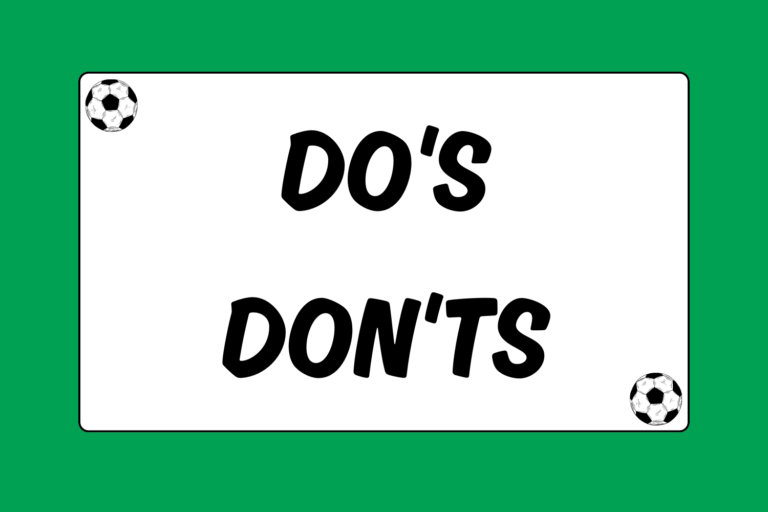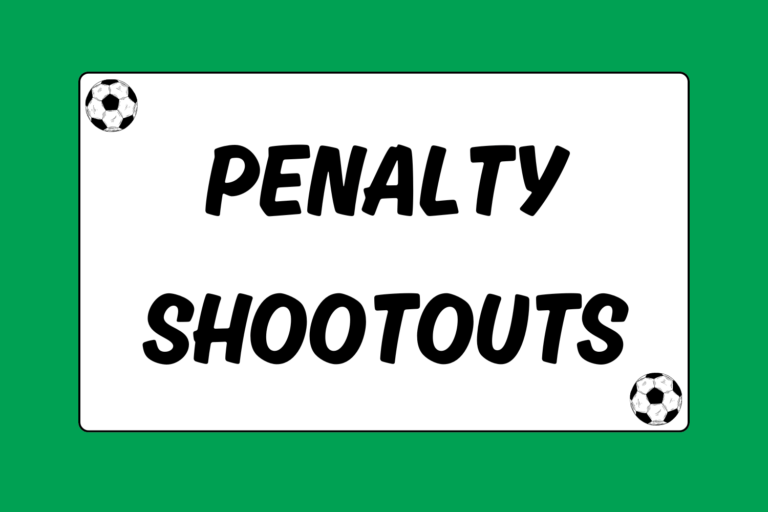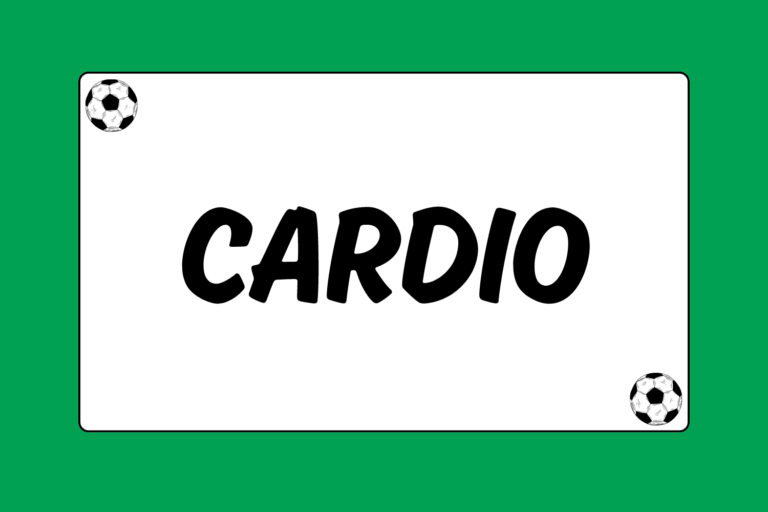Although the equipment you will need to enjoy playing soccer is fairly minimal, there are a few essential items that you should get before hitting the field.
Keep in mind that when playing on an organized or competitive level, you will be required to wear the necessary equipment for safety reasons. The necessity of proper equipment applies to all players, without exception.
Cleats
Soccer cleats, or boots as they are commonly referred to, are shoes generally made out of leather with studs on the bottom. They vary in price from about 20 dollars (American) to 300 dollars, depending on your personal needs and the level of play.
- Leather Cleats are the most common type of shoe and are recommended for new players. They aren’t fancy, but you can get a durable pair for a reasonable price.
- Synthetic Cleats have recently become much more common through the advance in soccer technology. And while synthetic cleats won’t mold to your foot as well as leather, they are significantly lighter which can make you faster on the pitch.
- Removable Studs are found on the bottom of some cleats, and are easy to replace if worn down or if you need a longer set for muddy conditions. These cleats are usually more expensive than the basic styles.
- Turf Shoes have special soles designed for playing on artificial grass. They are a good investment if you frequently play on turf fields.
- Indoor Shoes have flat rubber soles typically designed for playing on a hardwood surface. They can also be worn as regular shoes, which is convenient if you find yourself frequently jumping into pick-up games on the fly.
Hot Tip: Molding Your Cleats
When you first buy a pair of new cleats, they will be stiff and somewhat uncomfortable. The easiest way to fix this is to play on wet grass and then keep your cleats on for several hours afterwards. By the time you take them off they will have taken the shape of your foot.
Shin Guards
Shin guards are used to protect your legs from the ball and from opposing players. They are essentially a glorified piece of cardboard that you slip under your socks, but are required at all competitive levels—failure to do so results in suspension of play until a suitable pair can be presented. Shin guards generally range in price from 10-30 dollars and come in a variety of styles, including the Velcro strap, the sock slip, and the calve sleeve.
Socks
Knee high socks are required to cover your shin guards while you play. You are also usually required to wear socks that match your teammates during a competition, so that the referee can easily determine which player is on which team. Socks vary in price from 5-30 dollars depending upon the durability and comfort of the material.
Shorts
Soccer is traditionally played in shorts, which are the expected attire unless the referee has given permission to wear pants due to weather or religious reasons. This rule does not apply to the goalkeeper, who may wear shorts or pants at any time. Depending on your level of play, you may also be required to wear shorts that match those of your teammates.
Jerseys
During a competition, you and your team are required to wear matching jerseys, so that the referee can easily differentiate between opposing players. Jerseys are typically short sleeved, but teams will occasionally have a long sleeve kit for cold weather conditions (see below).
Long Sleeve Jerseys
Most teams only have one or two jersey kits, so you probably won’t have a long sleeve jersey kit unless your team frequently plays in cold weather conditions. Long sleeve jerseys are only allowed on field players when the entire team elects to do so, a decision typically made by the manager or coach.
Goalkeeper Equipment
The goalkeeper has a tremendous amount of freedom with his equipment and attire:
- The keeper’s jersey can be long or short sleeved as long as the color is noticeably different from the uniform of both teams.
- The keeper has the option of wearing either shorts or pants.
- The goalkeeper is also encouraged, but not required, to wear gloves. Gloves help protect their hands from injury, lessen the force of incoming shots, and make it easier to grip to ball.
- The keeper is also permitted to wear knee and elbow pads.
- The goalkeeper is also the only player permitted to wear a hat, as long as it is soft billed so that it isn’t dangerous to other players on the pitch.
Headbands
Headbands are permitted as long as they do not have any added elements that present a danger to other players.
Jewelry
Jewelry is not allowed to be worn during the course of a match. If you are caught on the pitch with jewelry, the referee will ask you to leave the field.
Hit the Pitch!
Hopefully this guide has provided you with the necessary information about equipment to get your soccer career up and running. For more detailed information on cleats and goalkeeper gloves see the individual guides listed for each.





